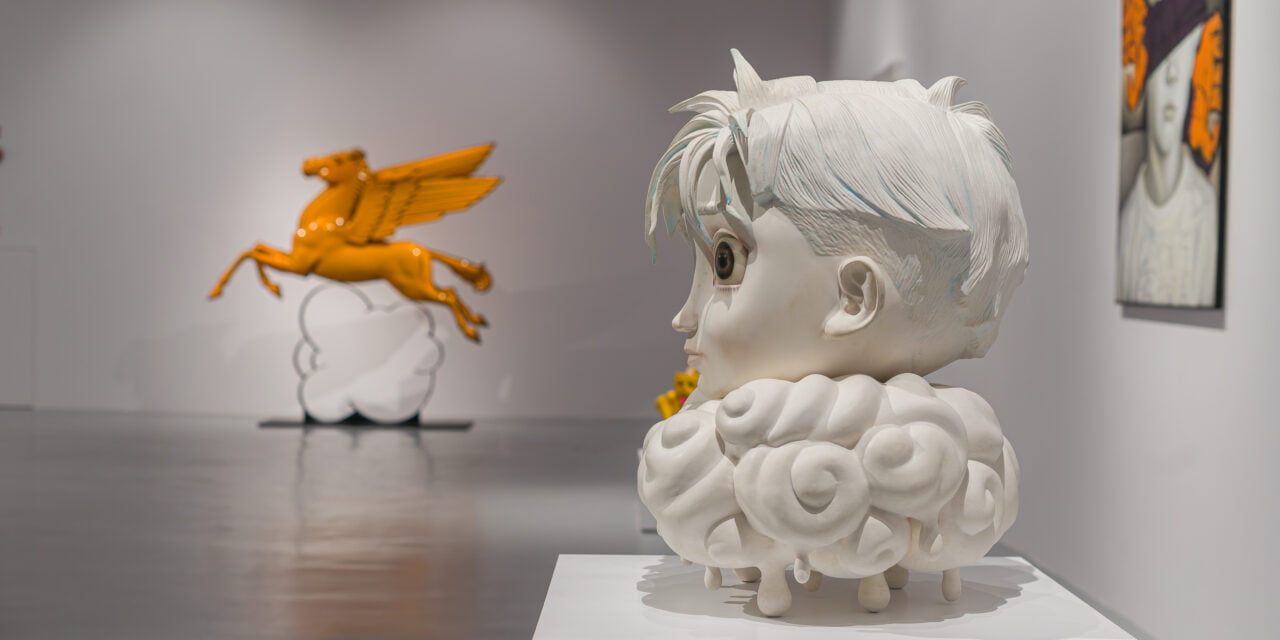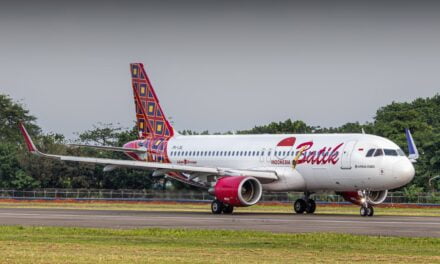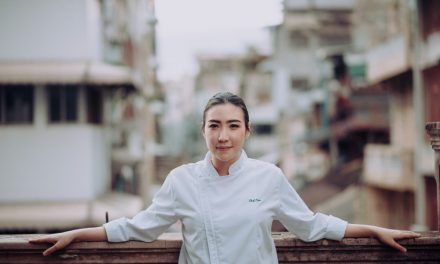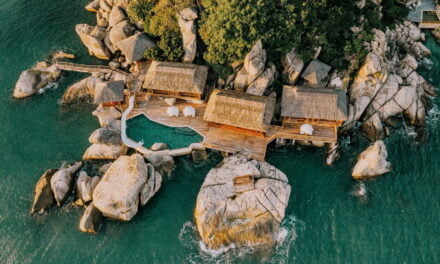Ronald Ventura, a contemporary Filipino artist, uses the sophisticated interplay of imagery and techniques to delve into “narratives, emotions, and concepts”.
Widely recognised across Southeast Asia, his oeuvre encompasses paintings and sculptures distinguished by their distinctive fusion of figurative elements.
Ventura, a native of Manila, Philippines, maintains residence and artistic practice in his home country.
Ventura’s artistic repertoire incorporates hyperrealism, cartoons, and graffiti. He interprets this intricate layering as a symbolic reflection of the diverse and multifaceted national identity of the Philippines.
His art is so diverse, though, that it leaves one questioning their place within the interconnected age where, in daily life, symbols are ubiquitous and imagery endless.
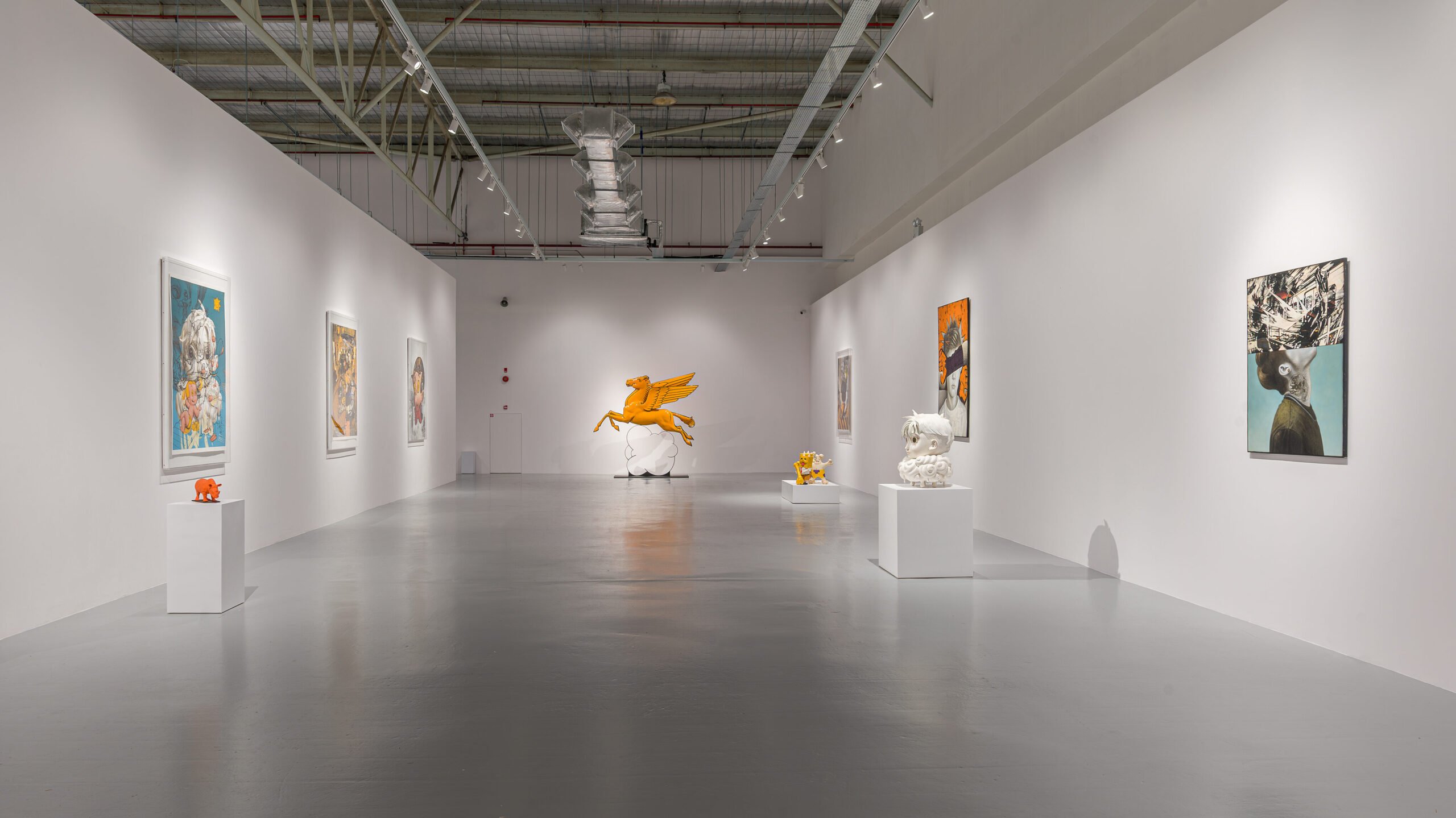
Could you please introduce yourself and provide some background on your journey as an artist in Manila?
I was exposed to art at a young age, and my passion for creativity led me to pursue formal training in painting at the University of Santo Tomas. My early years were marked by exploration and experimentation with different artistic forms, and I eventually gained recognition for my unique approach to contemporary art.
What materials and techniques do you primarily use in your work (sculpting and on canvas), and why have you chosen them?
I often combine traditional painting methods with contemporary approaches, using oil, acrylic, and other mixed media to create intricate and layered compositions. My choice of materials and techniques is driven by a desire to experiment and push the boundaries of artistic expression. I am fascinated by the possibilities that different mediums offer, allowing me to explore complex themes and emotions in my art. My sculptural works often feature a combination of objects, traditional sculpting materials, and resin casting. This fusion of materials and techniques allows me to create complex and visually striking pieces that challenge traditional boundaries.
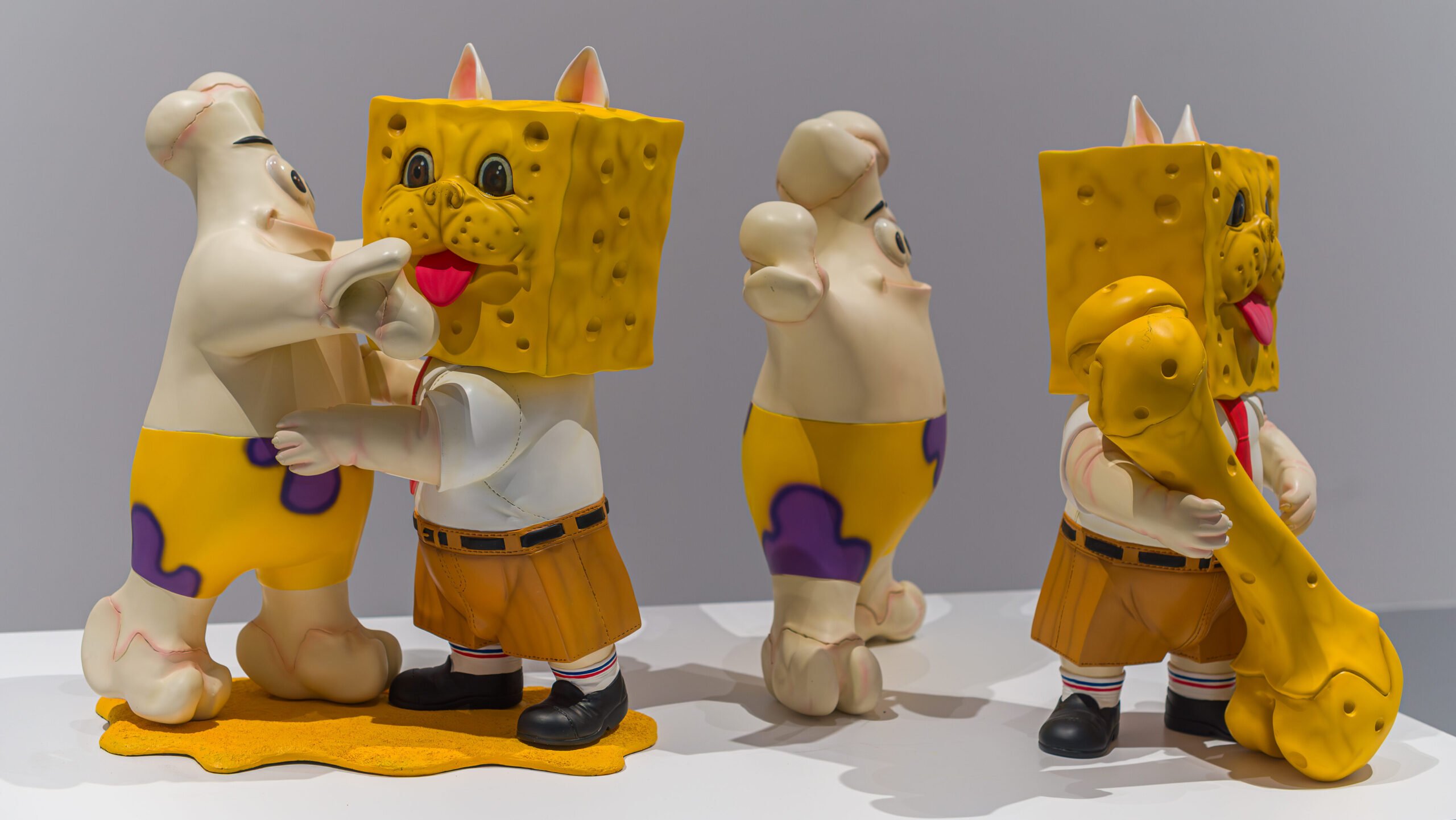
What has drawn you to create such a diverse range of works, going from hyper-realistic dreamscapes, or nightmare-scapes, to cartoons and graffiti?
It stems from my interest in exploring various aspects of the human experience. I believe that art should not be confined to a single style or genre; instead, it should be a reflection of the ever-changing nature of our world. My diverse creations allow me to delve into different narratives, emotions, and concepts, capturing the essence of both the beautiful and the unsettling aspects of life. It’s a way of challenging viewers to think beyond conventional artistic categories and delve into the depths of their own emotions and perceptions.
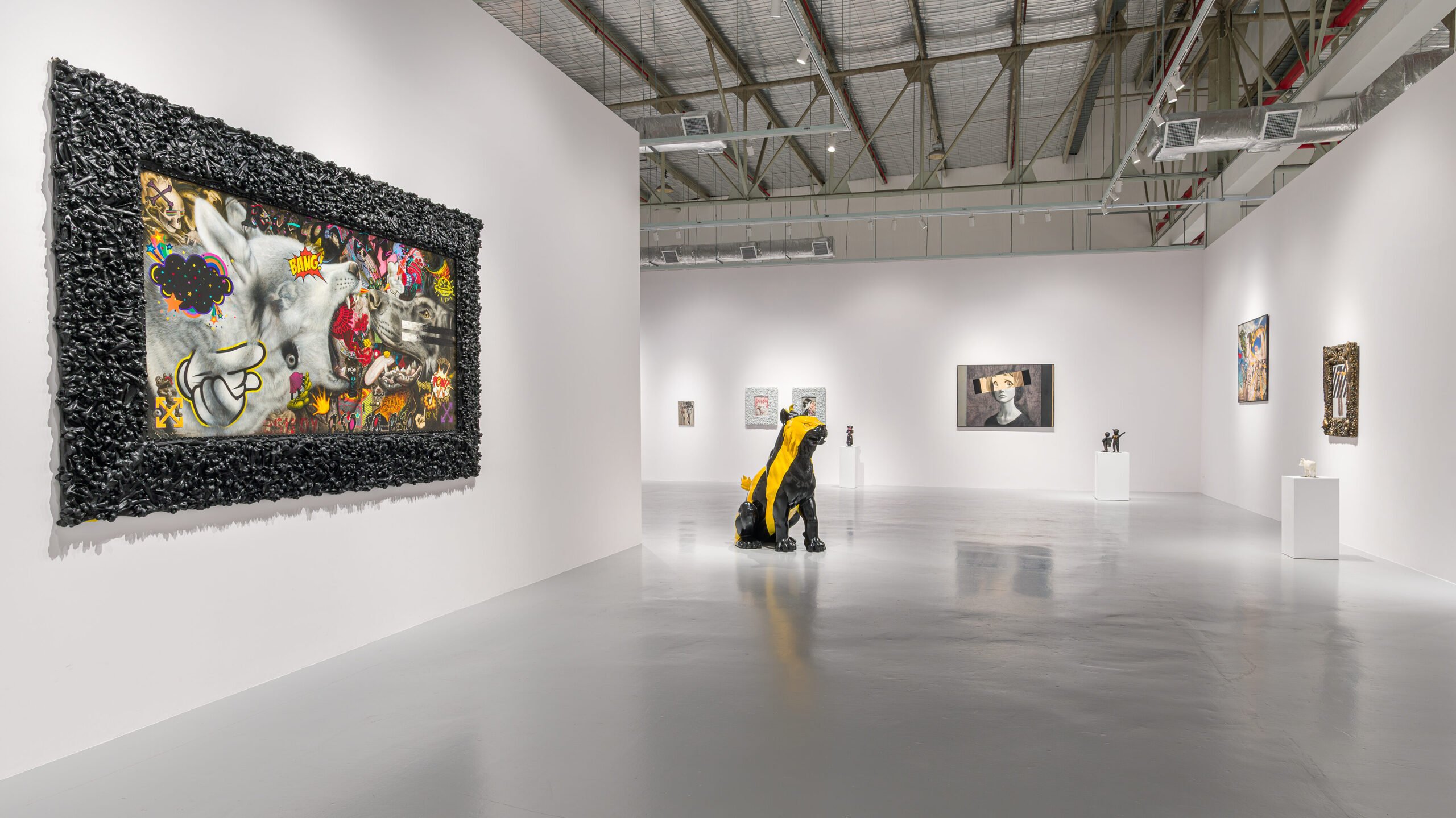
How do your Southeast Asian roots and the culture of Manila influence your artistic creations?
The Southeast Asian roots and the rich cultural tapestry of Manila have a profound impact on my artistic creations. The multiplicity of cultures, beliefs, and experiences in the Philippines offers a vast source of inspiration. It’s where tradition and modernity collide, where diverse cultures coexist, and where socio-political issues intersect with personal experiences. These influences are embedded in my work, creating a unique blend of contemporary and traditional elements that reflect the complexity of the Filipino identity.
In what ways do you hope your art contributes to the broader conversation about art, culture, and identity in Southeast Asia and beyond?
I hope that my art contributes to the broader conversation about art, culture, and identity, not only in Southeast Asia but also on a global scale. By addressing the complexities of identity, cultural heritage, and contemporary issues through my art, I aim to challenge preconceived notions and stereotypes, inviting viewers to engage in thoughtful dialogue. I hope that my work sparks conversations about the interconnectedness of global and local cultures and the fluid nature of identity in a rapidly changing world. Ultimately, my art seeks to inspire a deeper understanding of the human experience and the multitude of narratives that shape our world.

